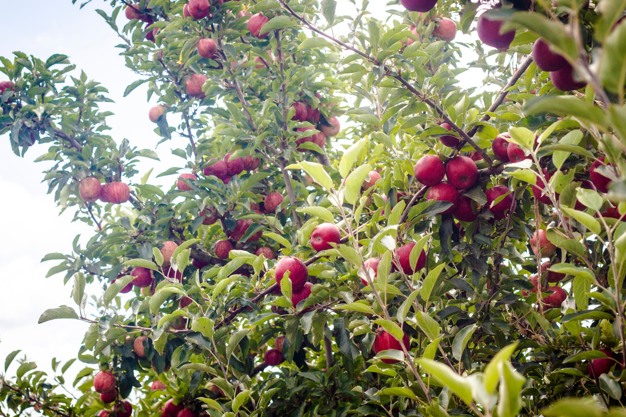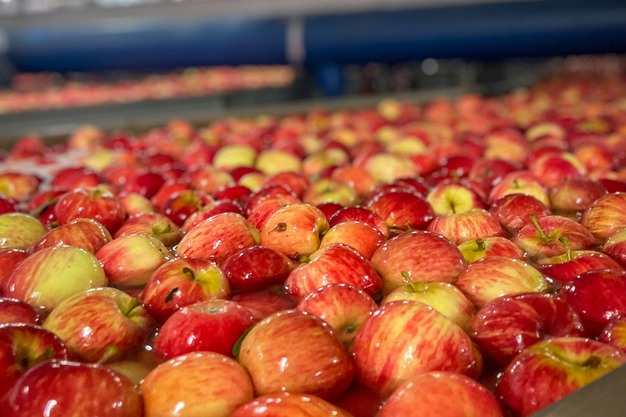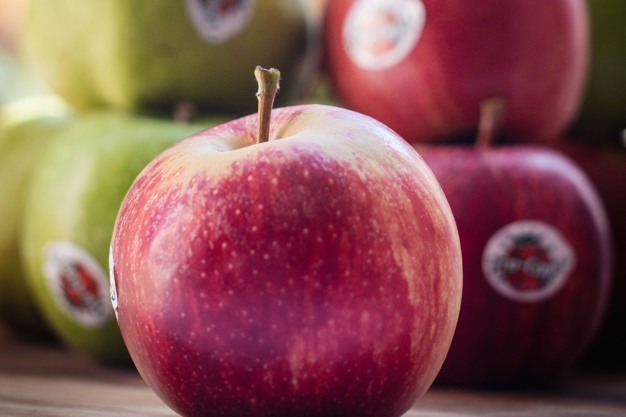The World Apple and Pear Association (WAPA) expects a 5.5% higher apple harvest in the Southern Hemisphere, with volumes totaling 4.5 million tons. South Africa remains the largest producer, with an expected harvest of 1.47 million tons, 3.4% up from 2024. Brazil and Chile follow with 950,000 tons (+14.2%) and 920,000 tons (+0.7%). Exports from the Southern Hemisphere are also increasing, with an expected hike of 5.3%, with South Africa and Chile as the most important exporters.
 © Tru-Cape
© Tru-Cape
Tru-Cape's Stefanie De Puysseleir, who does the European marketing of South African apples and pears, sees potential. That is because of the smaller European harvest (-9,7% in 2024) and lower stocks (-4,3% per 1 January 2025). "There's good demand for South African apples, and our market share will probably increase," she says. Also, other major exporters like New Zealand and Chile increasingly target different markets, strengthening South African apples' position in Europe.
 © Tru-Cape
© Tru-Cape
However, the export window for overseas apples has shrunk, thanks to investments in European storage capacity and a greater preference for local fruit. Nevertheless, South African apples are still in demand due to timing, volume, and quality. Tru-Cape responds by focusing on retail programs throughout Europe, with Germany as its most important market. "We work closely with supermarkets to meet their specific needs."
 © Tru-Cape
© Tru-Cape
Communication with European retailers has improved in recent years, resulting in more trust and better relationships. "That's vital to motivate growers for the European market," explains Stefanie. However, Europe has strict requirements for quality, packaging, and regulations, which complicates exports. "But we've mastered that."
The decline in apple consumption in Europe remains challenging. "Apples compete with other fruits, such as blueberries," Stefanie notes. She advocates for more marketing to make apples more appealing and warns against an oversupply of new varieties. "We should focus on stimulating consumption rather than introducing even more varieties."
 © Tru-Cape
© Tru-Cape
Despite these challenges, Tru-Cape has managed to increase its European market share. "We offer volume and flexibility," De Puysseleir says. "And we respond to our clients' needs." With a sustainable partnership and good communication, she sees many prospects. "There are still opportunities, even in the shorter term," concludes Stefanie.
 For more information:
For more information:
Tru-Cape
info@tru-cape.co.za
www.tru-cape.com/
